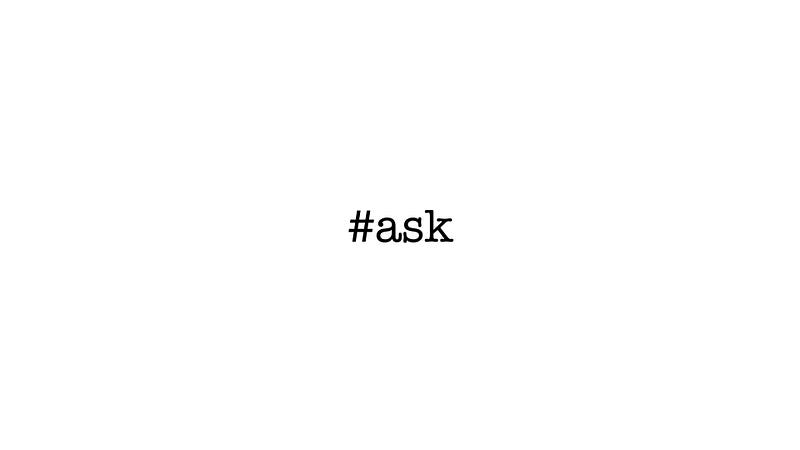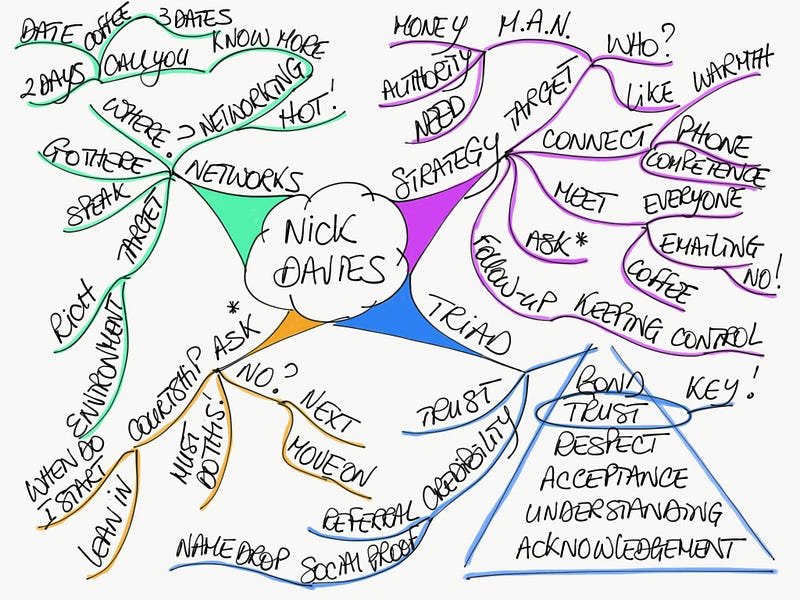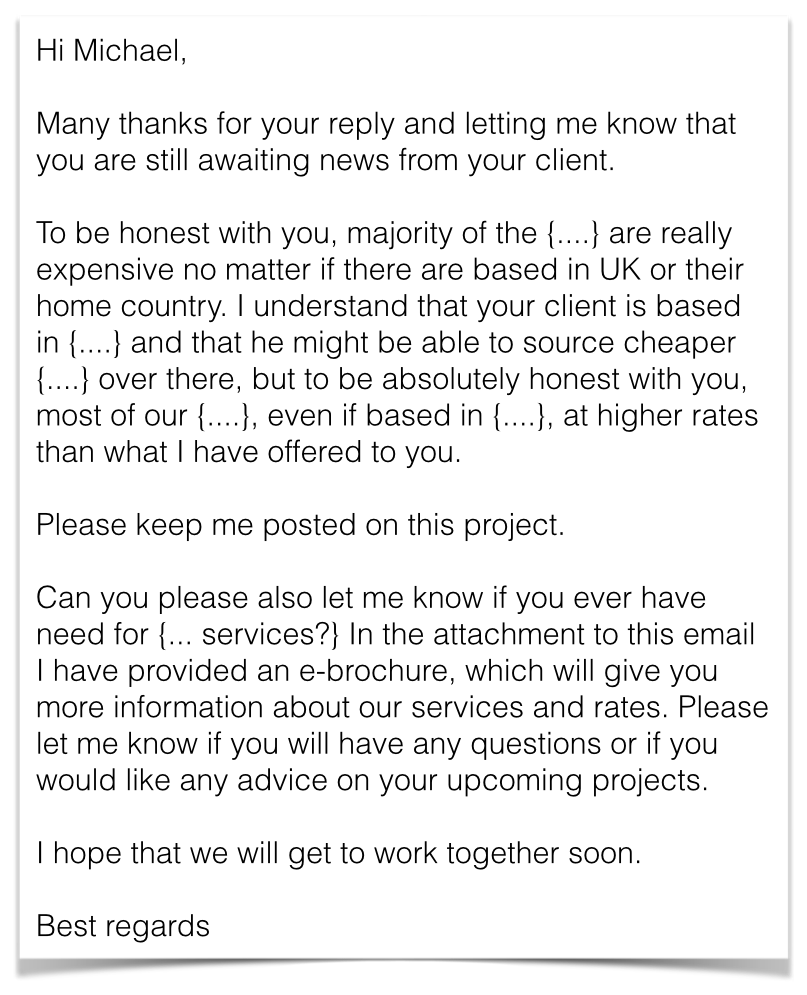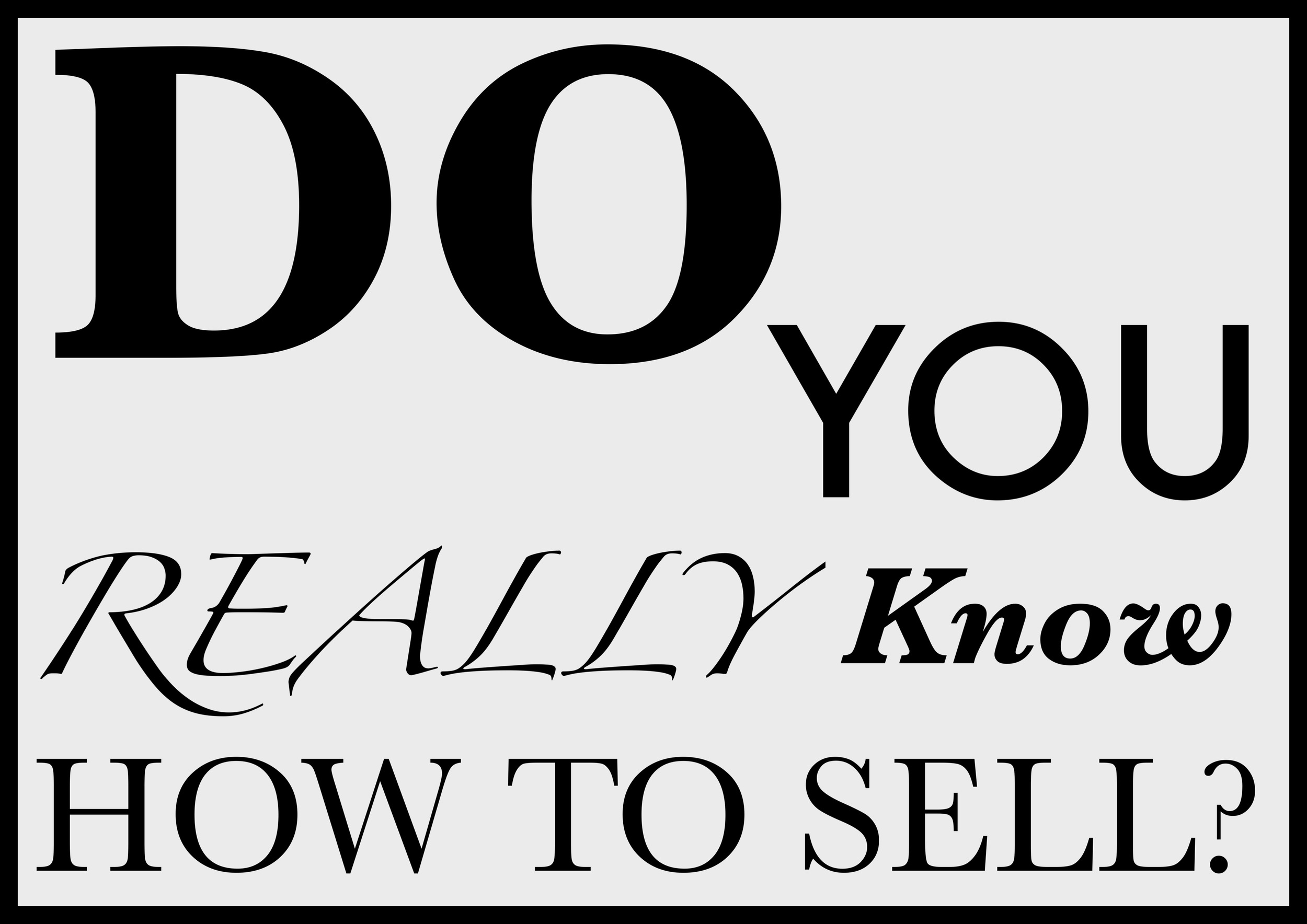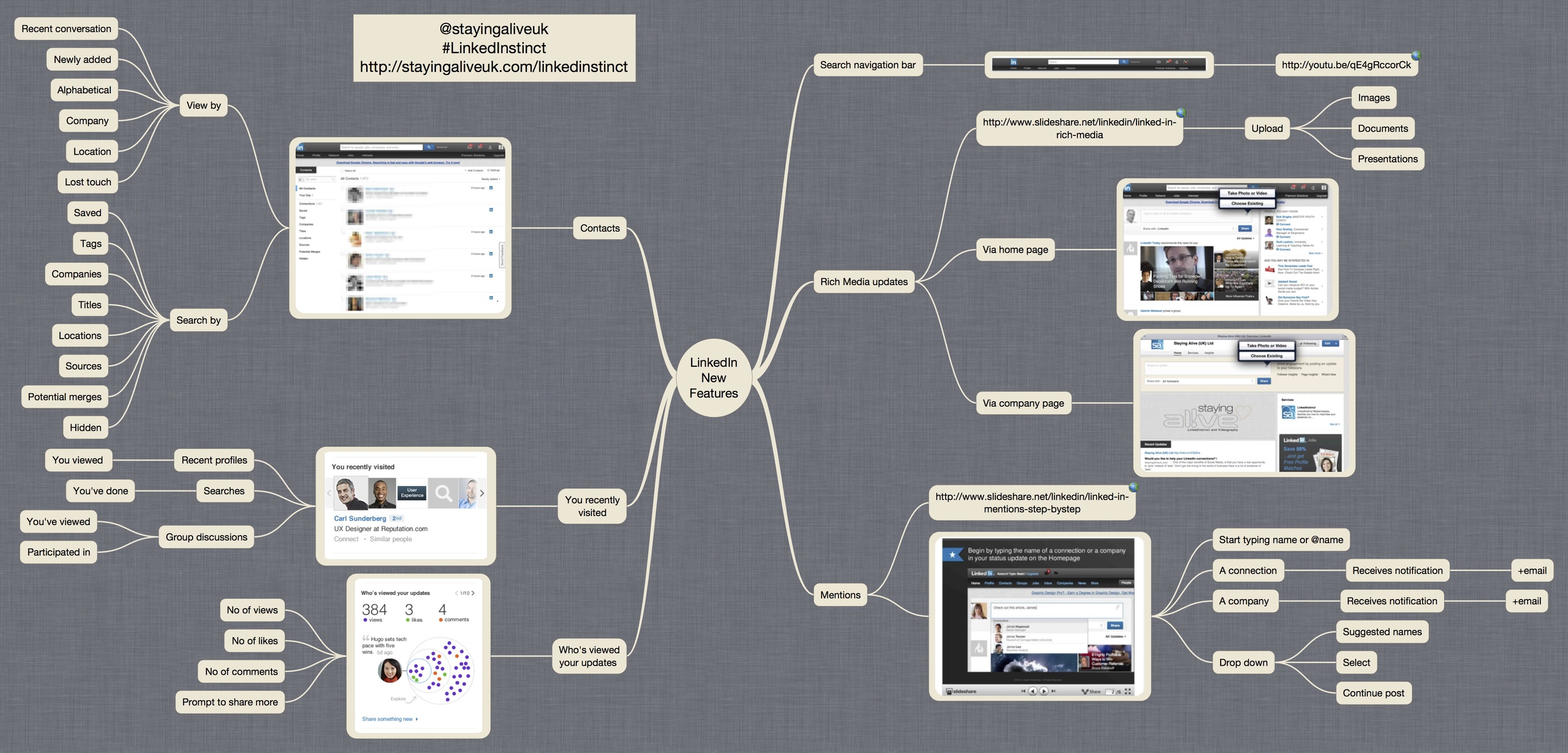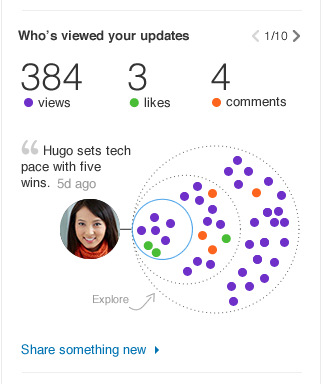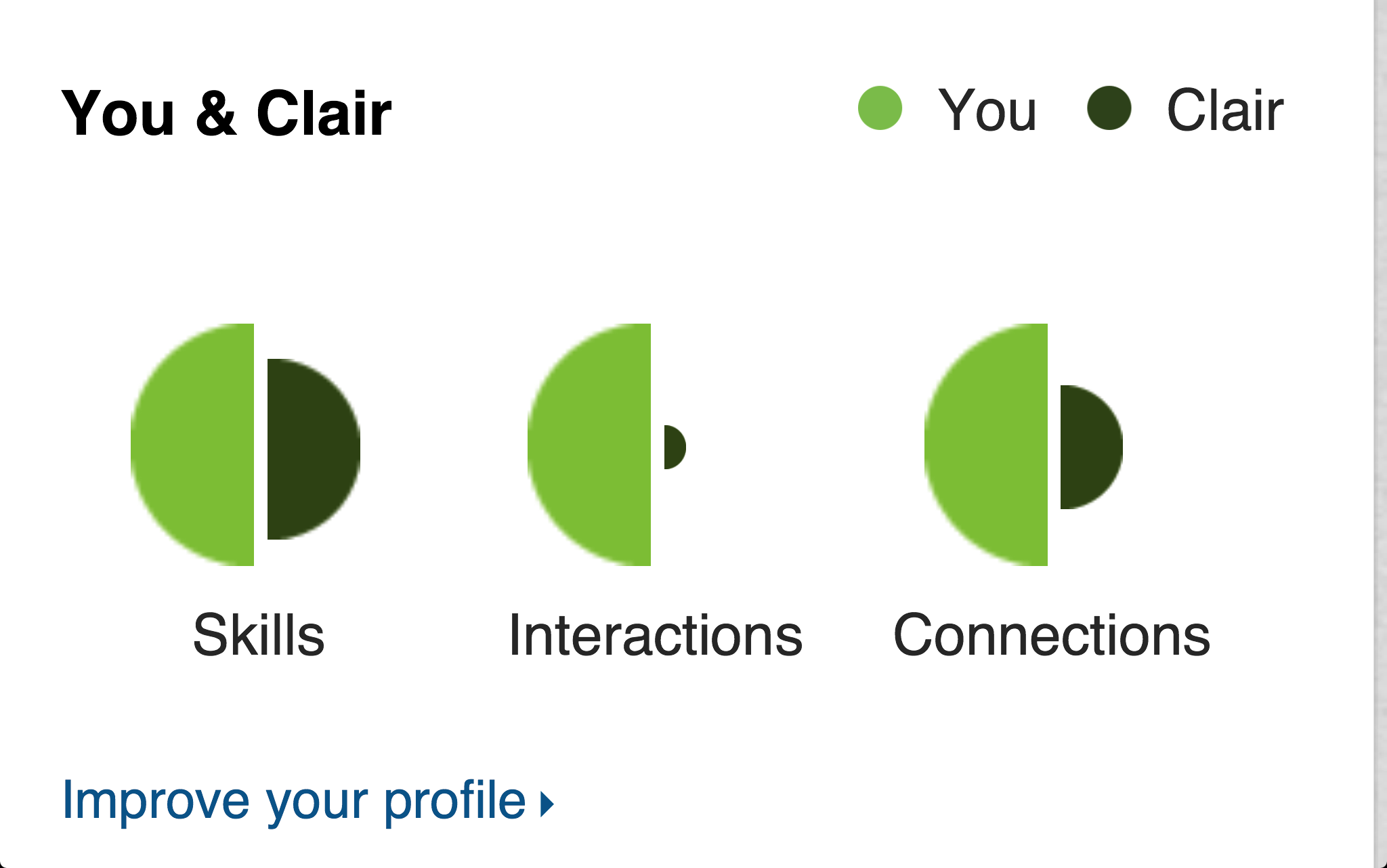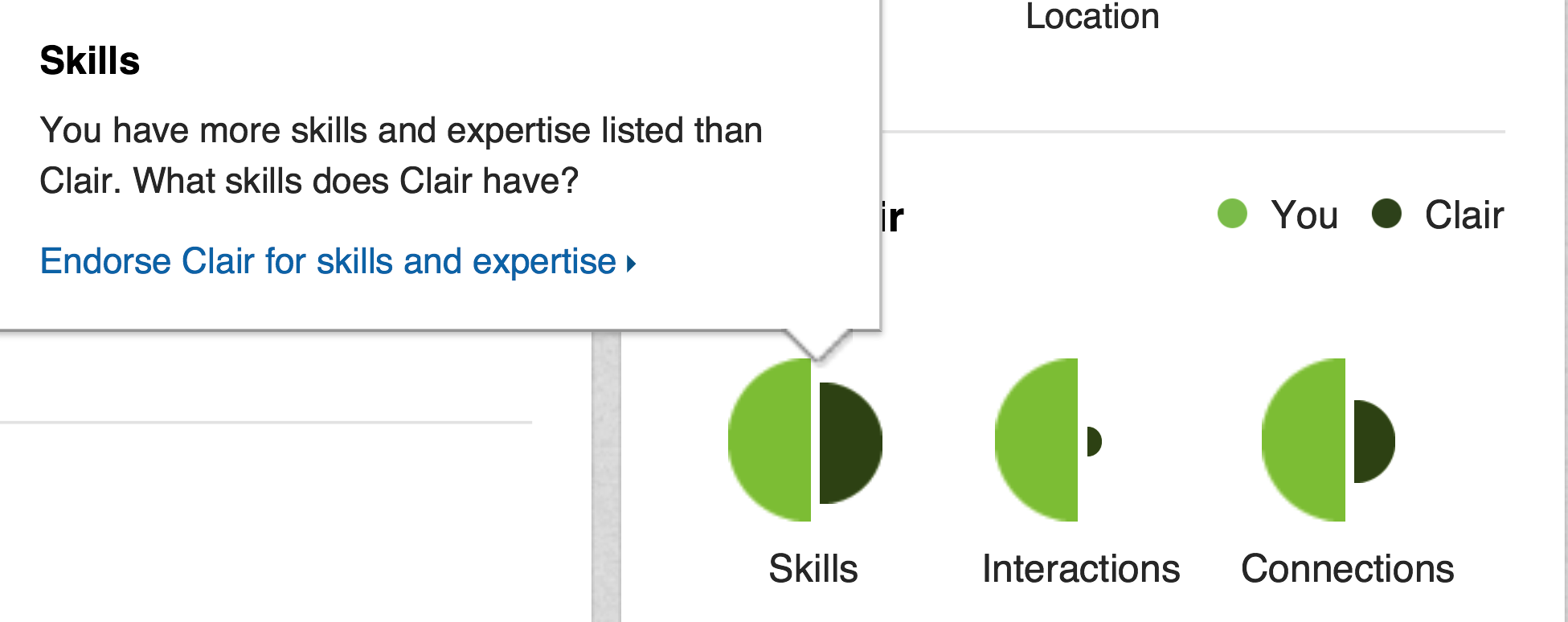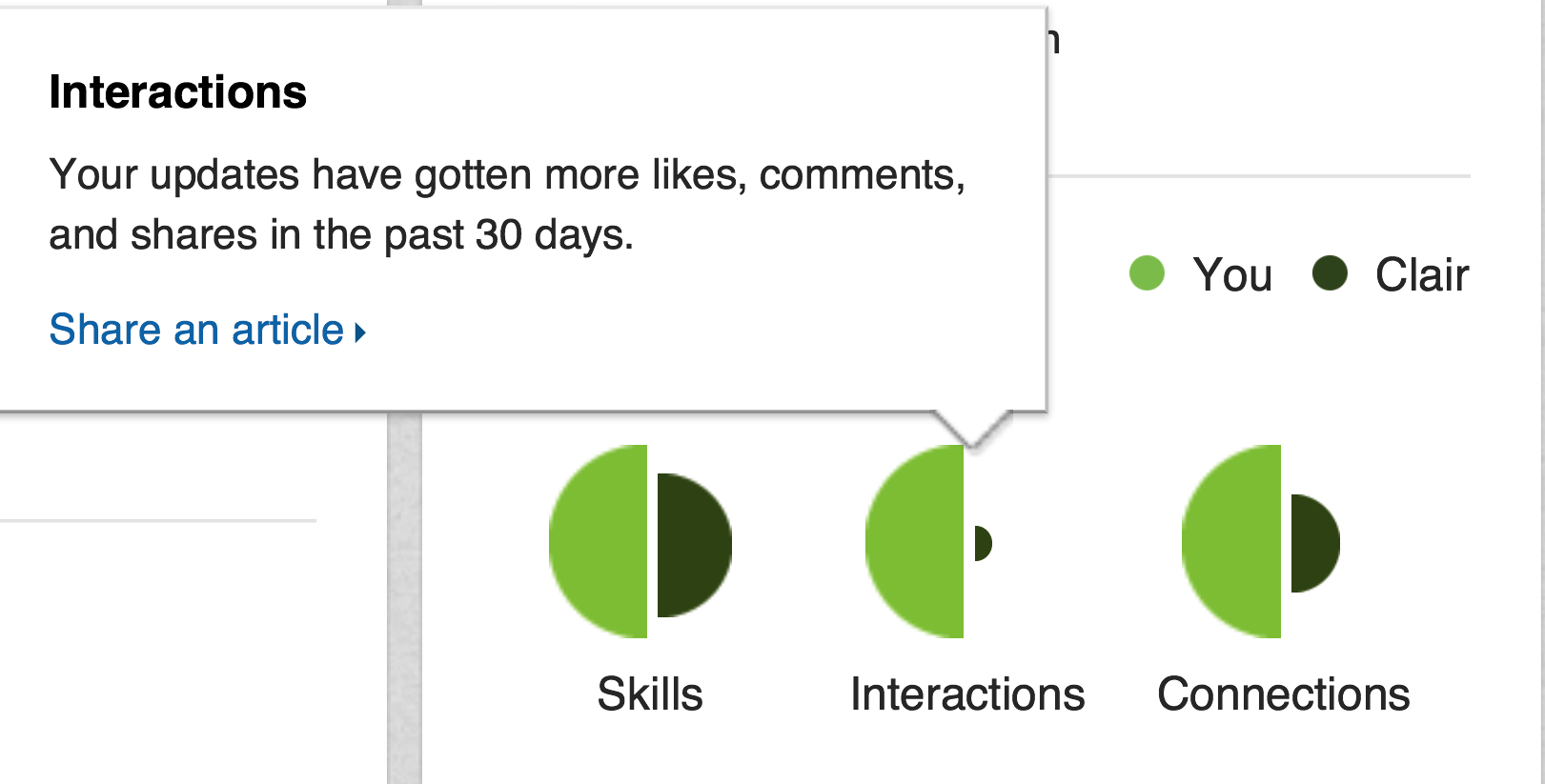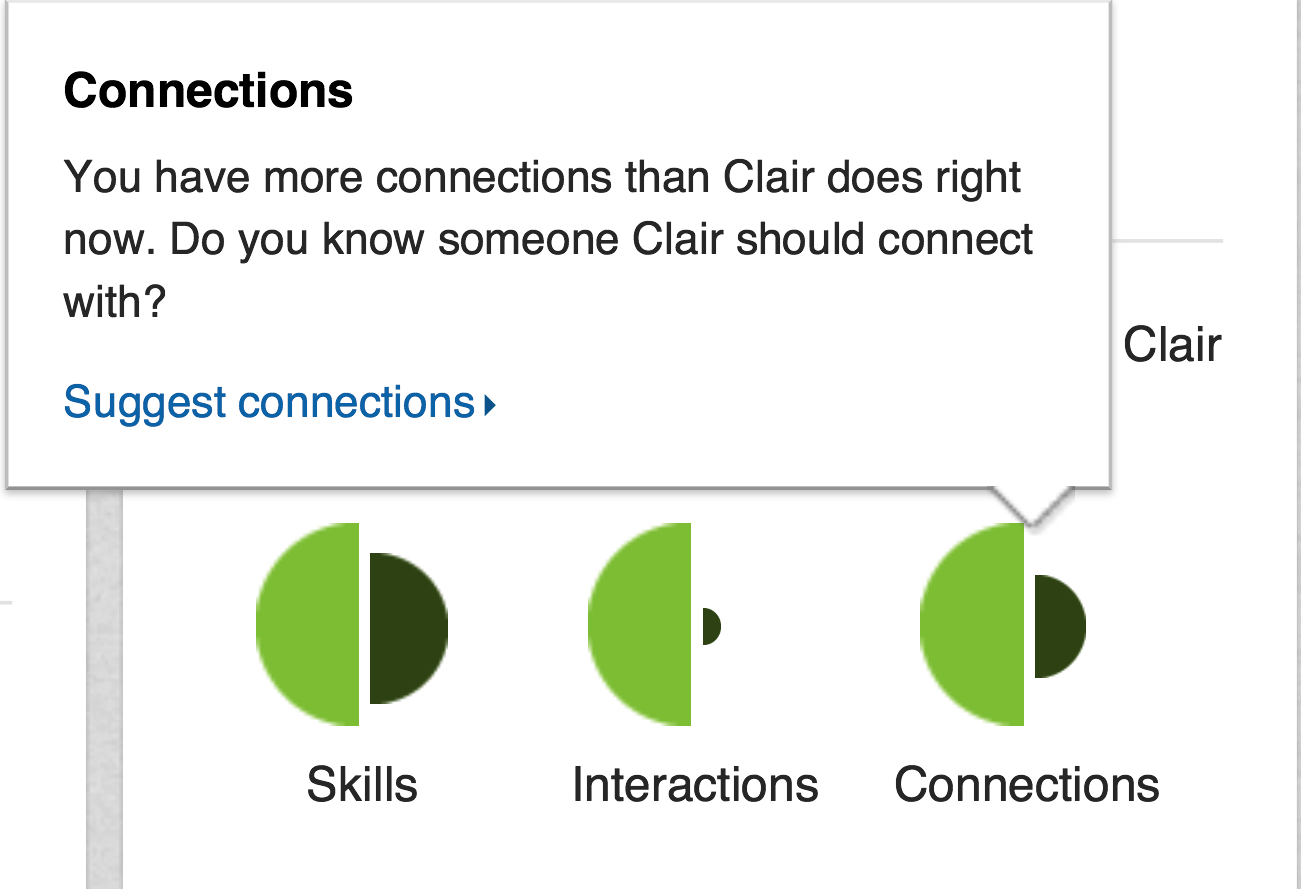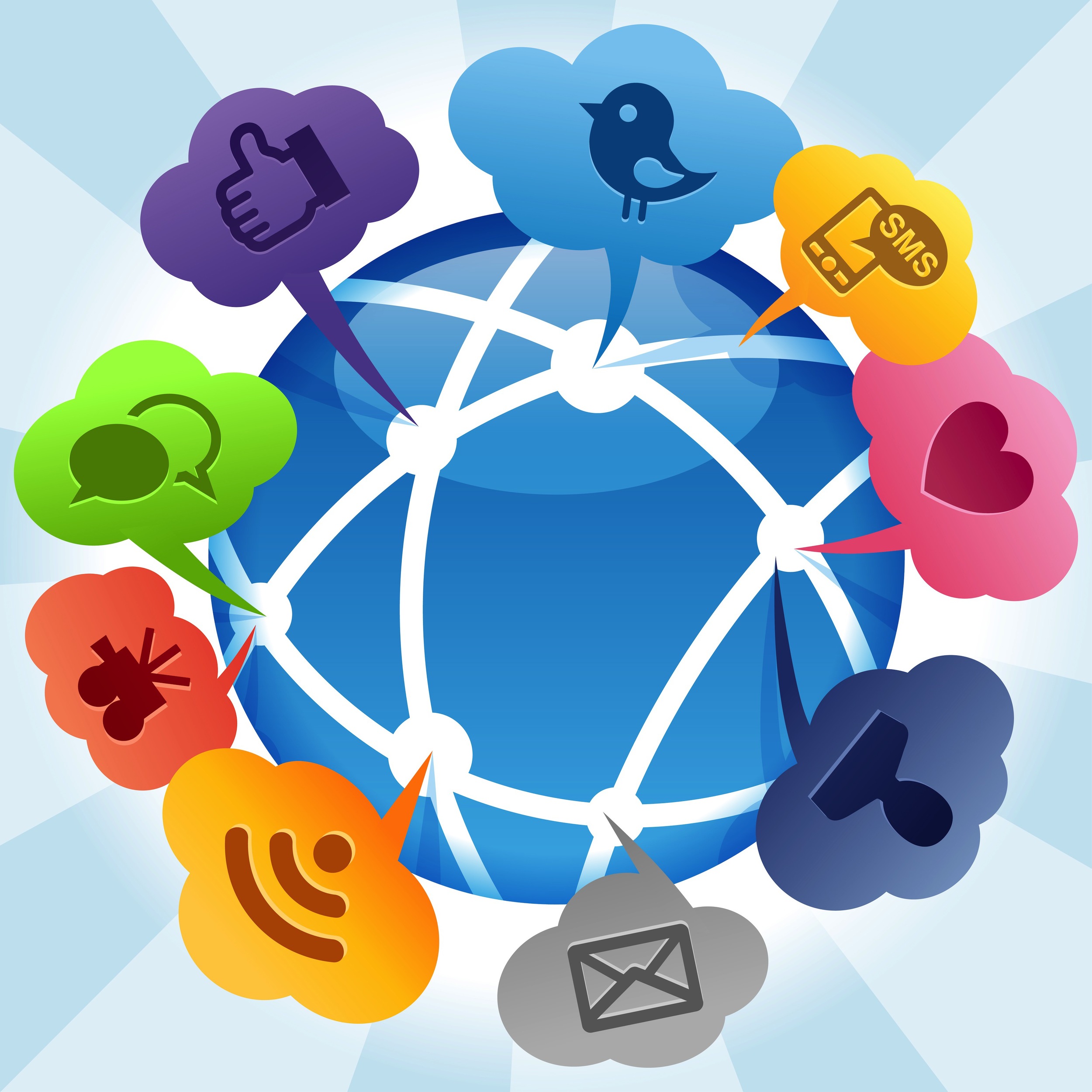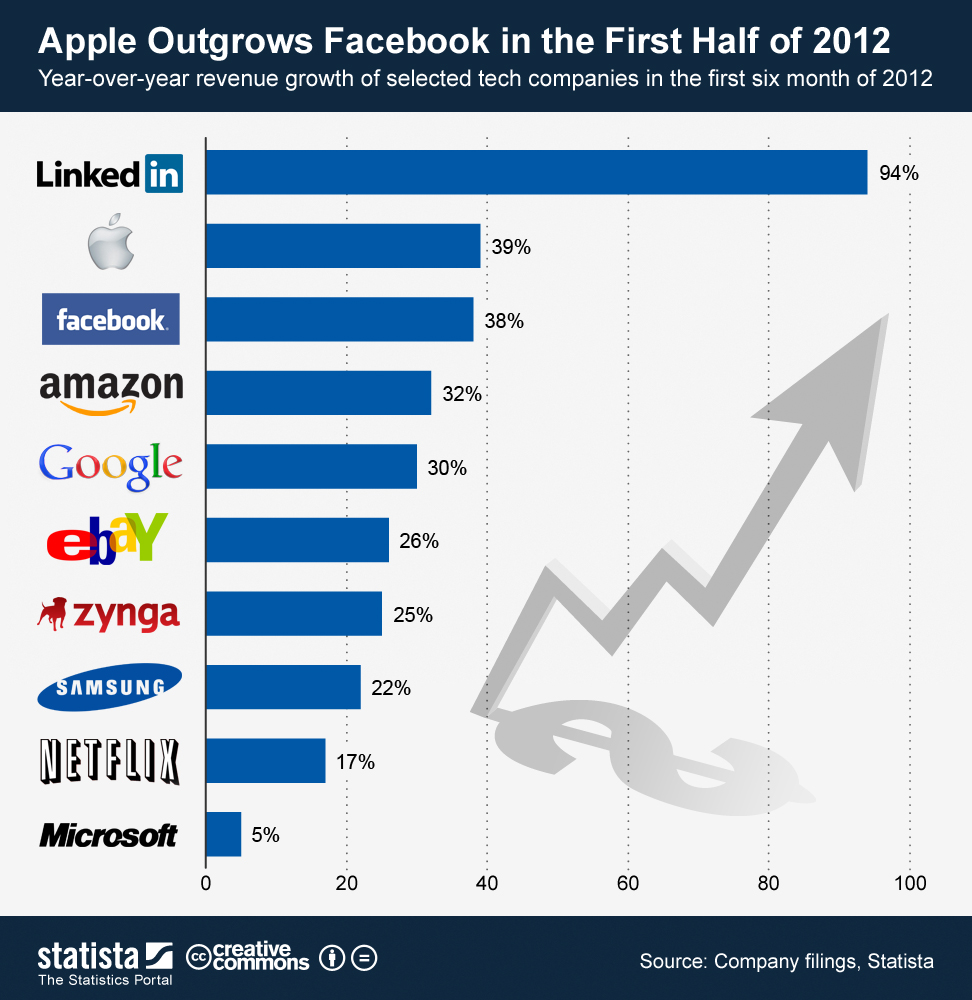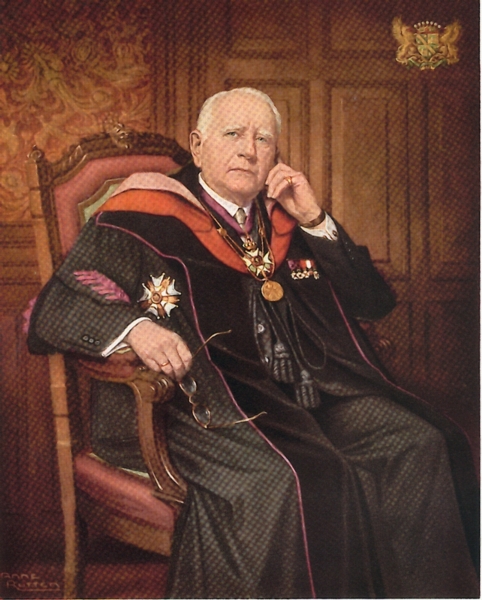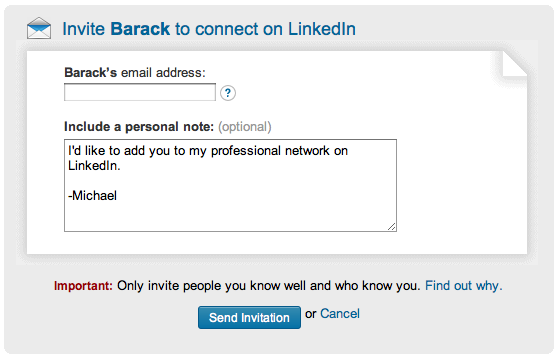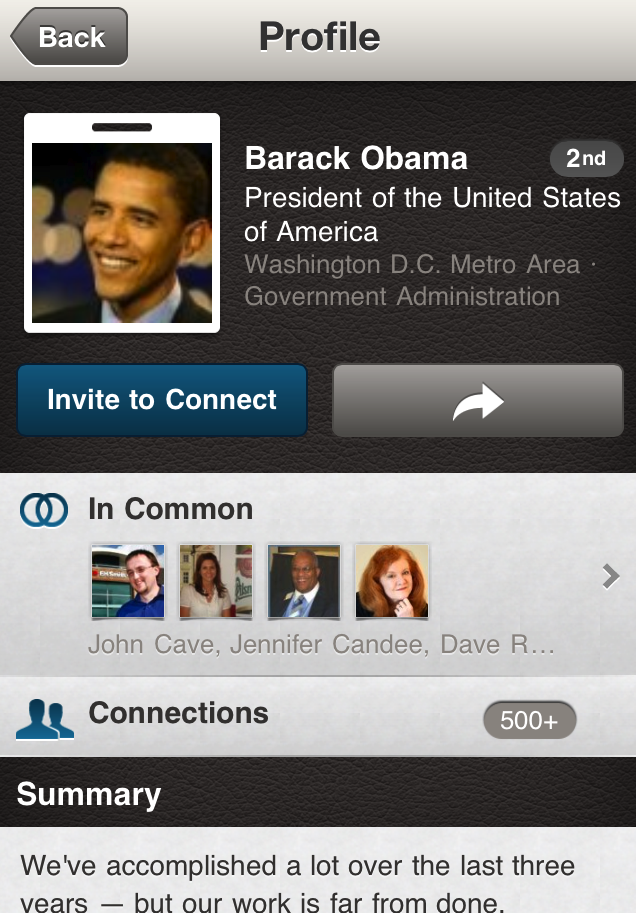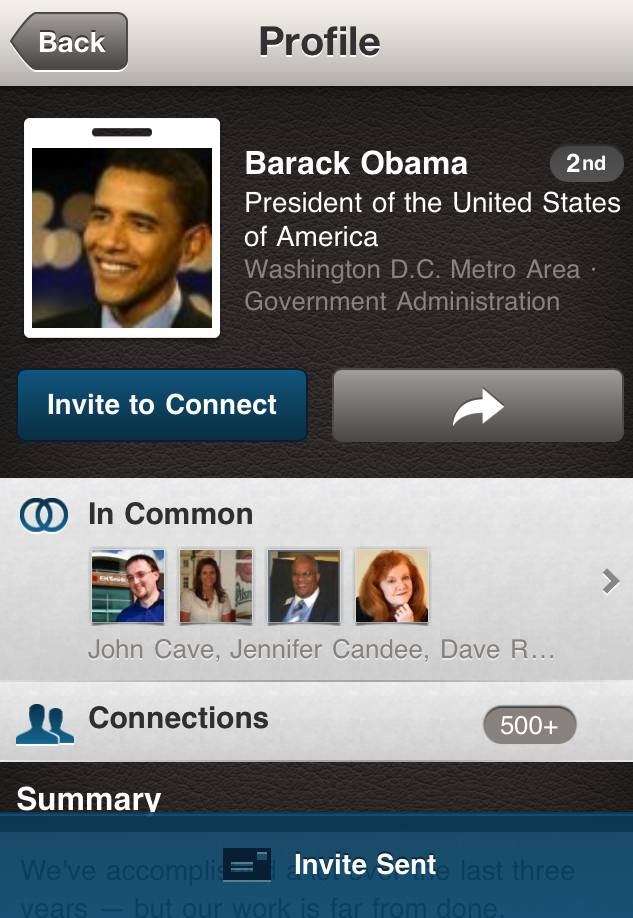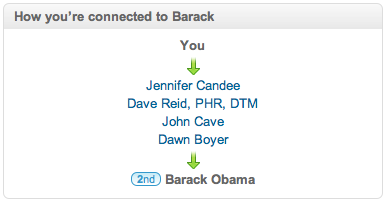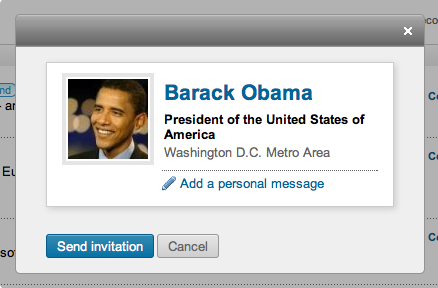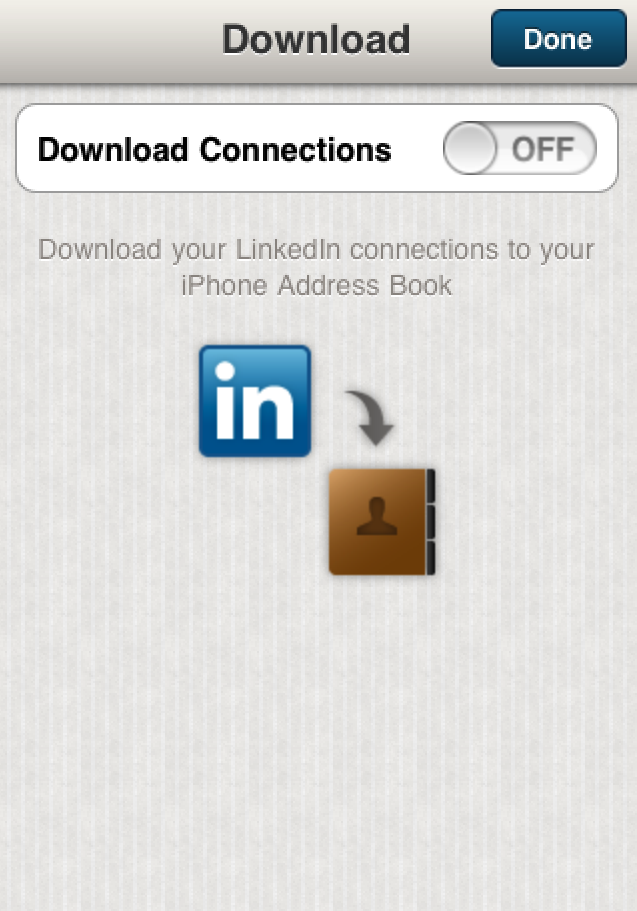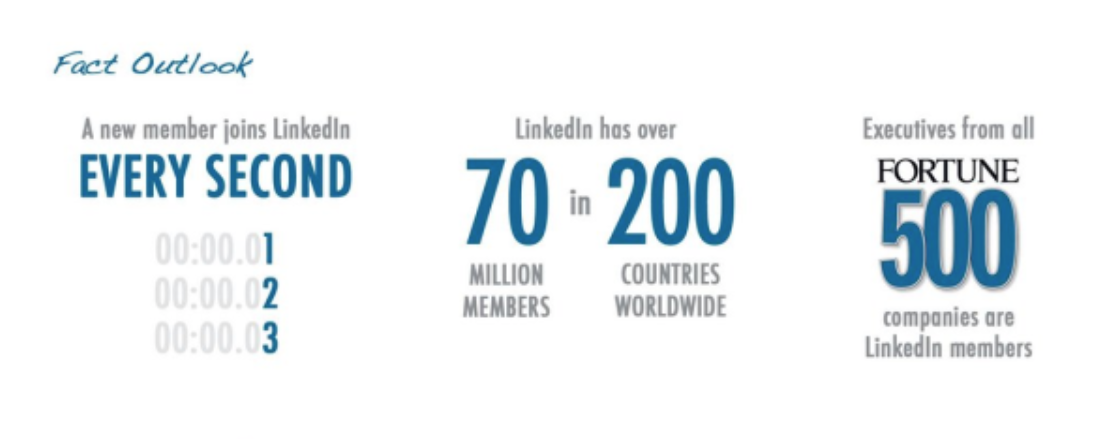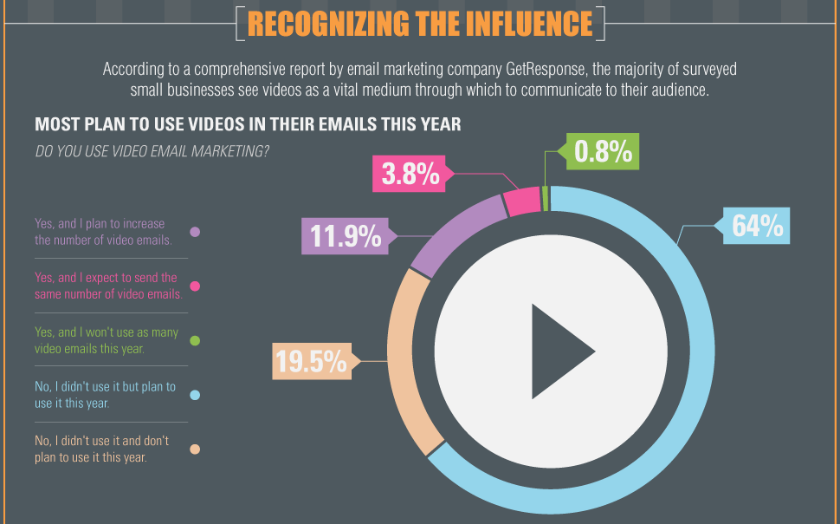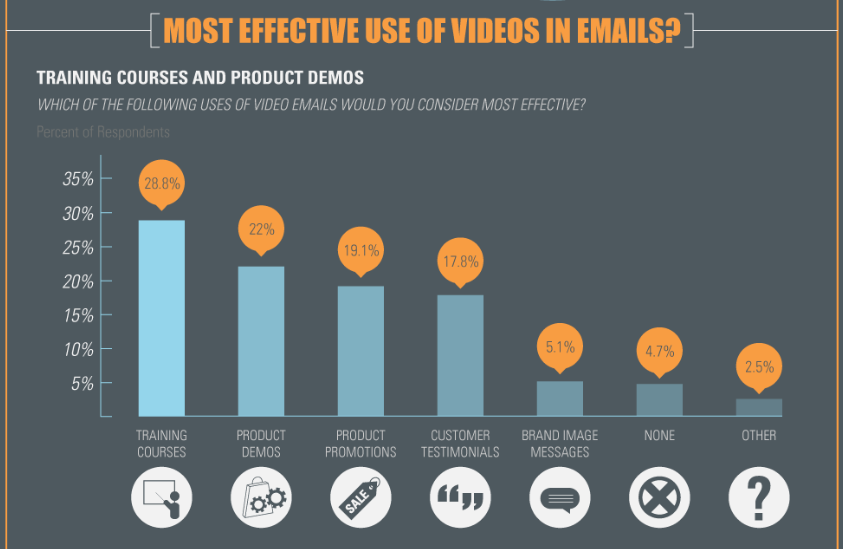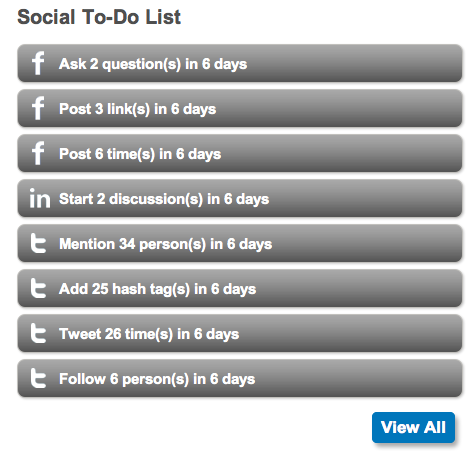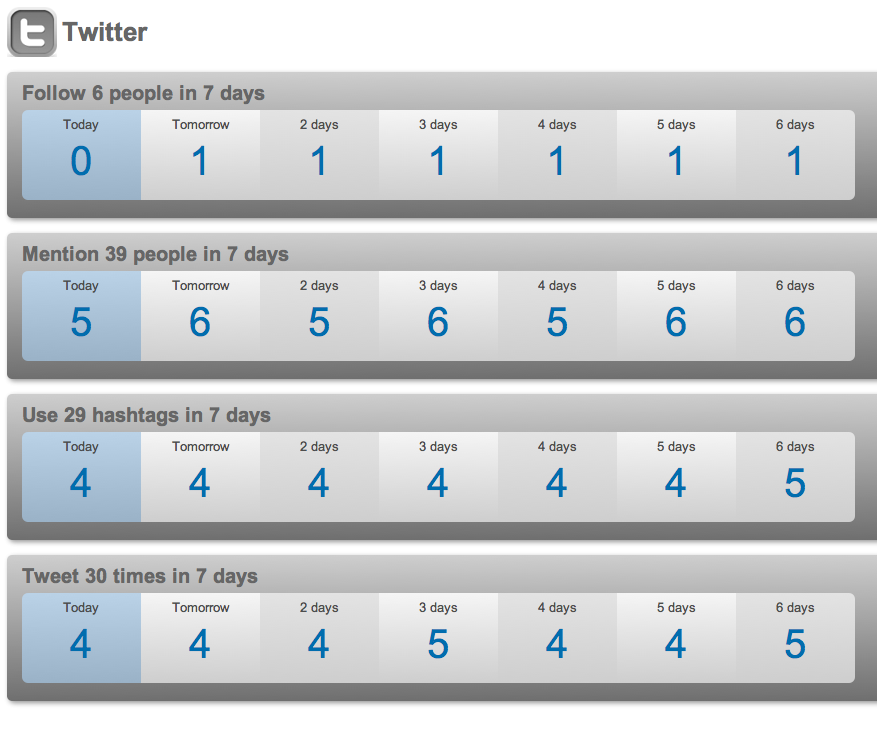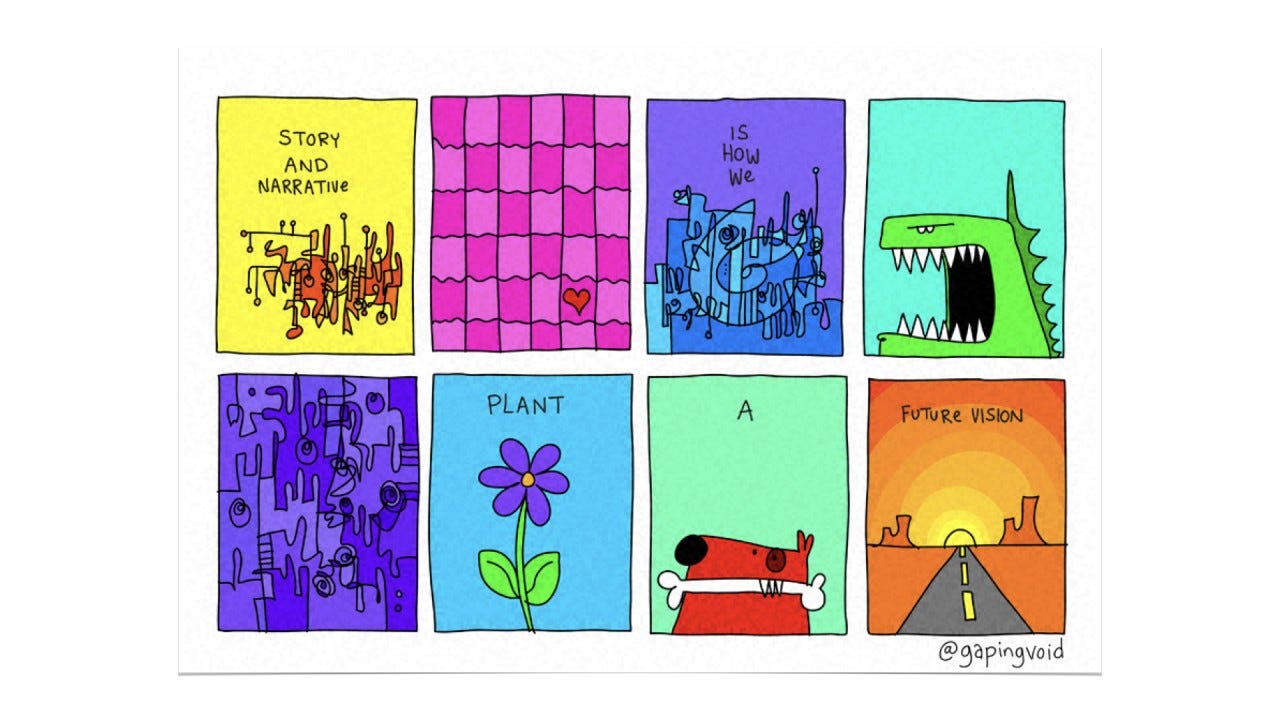
I am running Online Storytelling Workshops to reach more businesses and make it accessible for more start-ups, small businesses and students.
I’ve been curious about business for over 40 years. The main reason? Well, money of course! My father worked for the Bank of America in Amsterdam and he was the most frugal spender I have ever come across. Whenever we as kids and there were four of us, asked for money he used to point to his back and ask if we could see any money growing on it.
A very strange saying but it has stuck with me for all my life.
So my desire to make my own money came at a very early age. I started work at the age of 16 and got the taste of money whilst working for a family friend’s business in Amsterdam. When we moved to the United Kingdom and after having had the first taste of my own money there was no way I wanted to continue with my education, I wanted to work in London and become independent. So at the age of 17 my employment in business had begun. I’ve worked for several large organisations in the Textile Industry and have come across hundreds of managers, several CEO’s and Managing Directors and there was just one thing that separated the good ones from the really bad ones and that was Storytelling.
Those that could tell a great story, stood out for me and got my respect, those that couldn’t didn’t.
Storytelling applies to people in business just as much as those that are running their own business, it makes no difference. Let me explain why.
All communication is Storytelling. Just pay attention to your next conversation with anyone, a friend, a family member, a colleague or a complete stranger. I am 99.9% confident that the dialogue you engage in contains many many short stories. Well, if all communication is Storytelling, we should be paying more attention to it don’t you think?
[embed]https://www.linkedin.com/events/shareyourstory-onlinestorytellingworkshop/[/embed]
I come across many business people and listen intently to how they introduce themselves, whether its at networking events, during public speaking, presentations etc. I am astounded and quite frankly shocked on how little Storytelling is used by business people. You may not appreciate how programmed you are for Storytelling. You started listening to stories, potentially before you could even talk properly. In those early years you listened to words uttered by your parents and grandparents, those sounds you had to convert into pictures in your brain and that’s how your cortex started its development to comprehend stories and the start of all communication.
In the decades that you have been walking on this planet you have been exposed to stories through the medium of TV, Radio, Cinema, Books, Podcasts, Music, Theatre, The Internet, Social Media and many other media channels.
[embed]https://www.linkedin.com/events/shareyourstory-onlinestorytellingworkshop/[/embed]
Your exposure to Storytelling means it is already second nature to you. All you have to do is understand the mechanics, the framework and the structure to get started in crafting your own story and your business story. I’m not asking you to become an author, a script writer or an amazing orator, I’m asking you to become better at doing something, you’ve already been doing all your life.
When you join the Online Storytelling Workshop, you will leave with a storytelling blueprint for your own business by recording your own story using the Share Your Story canvas. This online workshop is only the beginning of your journey. Afterwards there are 2 optional paid for (£24) follow-up coaching calls to keep you on track and finalise your own ‘Share Your Story’ Blueprint. That’s not all, read on and you’ll be pleasantly surprised with all the additional online support and free resources included in your initial workshop!
INCREASE YOUR SKILL TO SHARE MEANINGFUL STORIES:
- In digital and online
- In your branding and off line
- In your speaking
- In your networking
- In your conversations
WHO SHOULD ATTEND?
- Small businesses (typically with less than 9 employees)
- Freelancers
- Solopreneurs
- Start-up businesses (Discounts provided, please ask!)
- Speakers — Presenters
- Trainers
- Coaches
- Unemployed (Concessions available, please ask!)
WHAT IS INCLUDED FOR EVERYONE WHO ATTENDS THE ONLINE SESSION:
- Free access to LinkedIn Lectures course with 13-hours of on-line video training. Value — £90
- Membership of a private LinkedIn mastermind group for all workshop attendees. This group will support you to follow-through with your actions, share best practices, progress and allow constructive and supportive feedback. Value — Immeasurable!
- Opportunity to be a guest on the ‘Share Your Story’ Podcast and share your story with thousands of podcast listeners. Value — Priceless!
I really look forward to welcoming you at a forthcoming Online Storytelling Workshop
